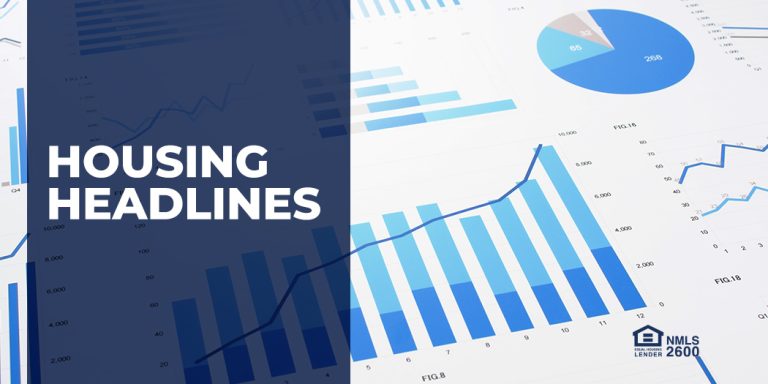Existing home sales grew by 2.2% in December, although pending home sales dropped 5.5% that same month; mortgage applications decreased 2% from one week earlier; new single-family home sales accelerated 3.6%; home price growth rose 3.8%; and a recent surge in new listings, up double digits in late January, is providing buyers with a larger pool of options
Existing-Home Sales See Quickest Climb Since Last February
National Mortgage Professional - 1/24/2025
Sales grew by 2.2% in December from the month before to a seasonally adjusted annual rate of 4.24 million. That’s the highest growth rate since February 2024, according to the National Association of Realtors.
Pending home sales drop sharply in December, as mortgage rates surge back over 7%
CNBC - 1/30/2025
Signed contracts on existing homes dropped a sharp 5.5% in December from the previous month and fell 5% from the prior year, according to the National Association of Realtors.
Mortgage Applications Decrease in Latest MBA Weekly Survey
Mortgage Bankers Association - 1/29/2025
Mortgage applications decreased 2.0 percent from one week earlier, according to data from the Mortgage Bankers Association’s Weekly Mortgage Applications Survey for the week ending January 24, 2025.
New-Home Sales Jump At End Of 2024 To Post Second Annual Gain
Financial Advisor - 1/27/2025
The annual pace of new single-family home sales accelerated 3.6% to 698,000 last month, reflecting a sharp advance in the West, government figures released Monday showed.
Weekly Housing Trends View — Data for Week Ending January 25, 2025
Realtor.com - 1/30/2025
A recent surge in new listings, up double digits in late January, is providing buyers with a larger pool of options, while growing inventory and a narrowing gap in time on market suggest improving buyer demand.
Home-Price Growth Accelerates As Buyers Forge Ahead
Financial Advisor - 1/28/2025
A national gauge of prices rose 3.8% from a year earlier, according to data from S&P CoreLogic Case-Shiller. That was larger than the 3.6% annual increase in October.
Consumer Confidence Backslides In January
National Mortgage Professional - 1/29/2025
More than half – 51.4% – of consumers now expect higher mortgage interest rates over the next year, according to a new survey from the Conference Board, a nonprofit think tank.
Redfin Reports The Typical Home Is Taking Nearly 2 Months to Sell. That’s The Slowest Pace in 5 Years.
Redfin - 1/30/2025
Homes are taking a long time to sell largely because housing costs are so expensive – but for buyers who can afford it, there are a fair amount of homes to choose from.
National Home Prices To Continue Cooling Trend
National Mortgage Professional - 1/28/2025
On a monthly basis, national home prices remained mostly flat, rising only 0.1% from November to December, a trend that continued from the month before when prices rose only 0.03%.
Mortgage Application Payments Flat in December
Mortgage Bankers Association - 1/30/2025
Homebuyer affordability improved slightly in December, with the national median payment applied for by purchase applicants decreasing to $2,127 from $2,133 in November.


